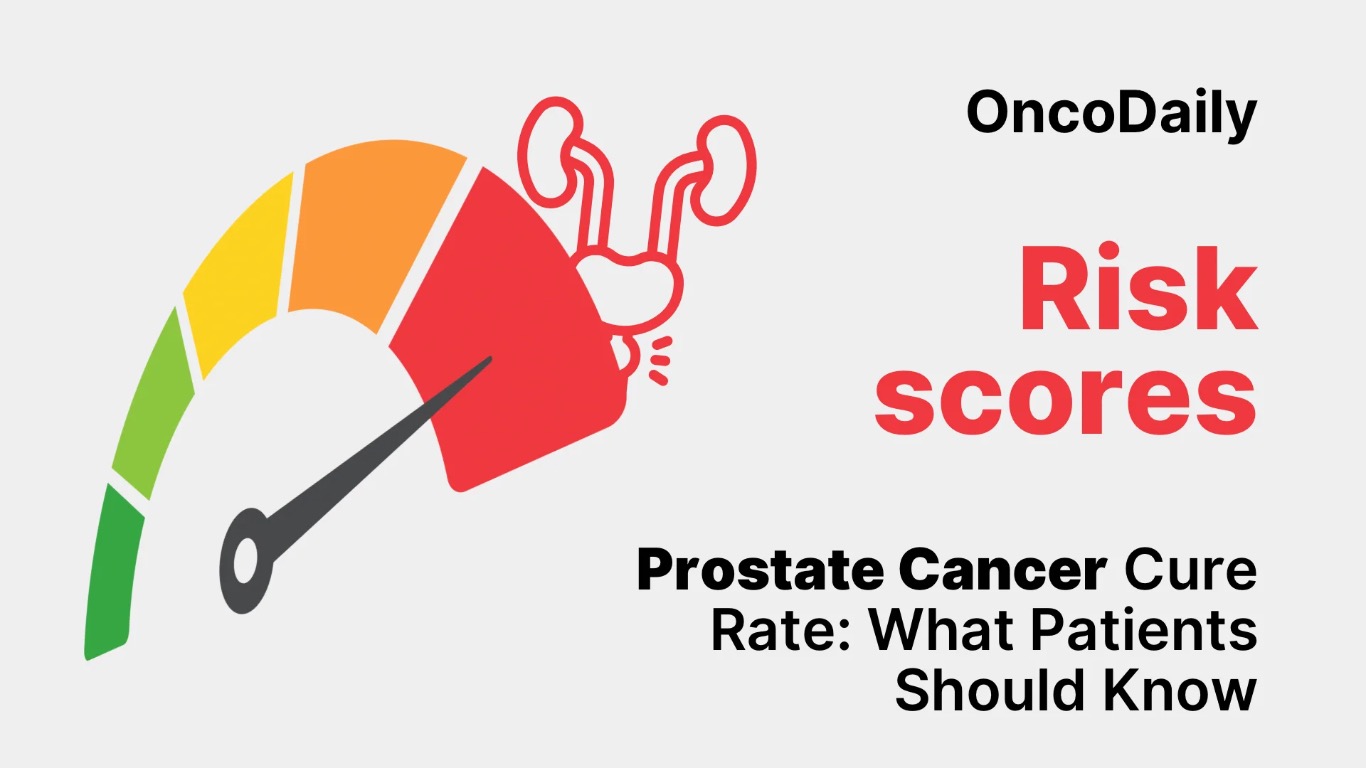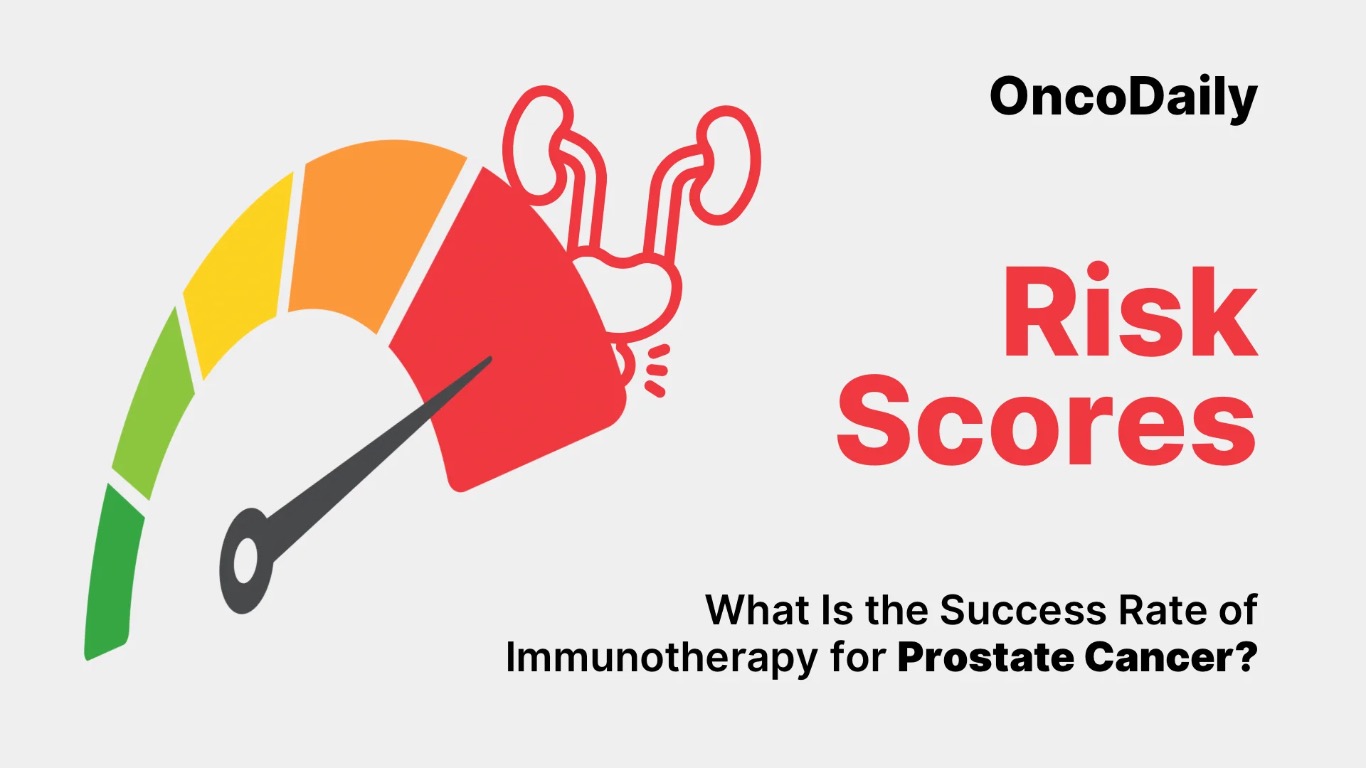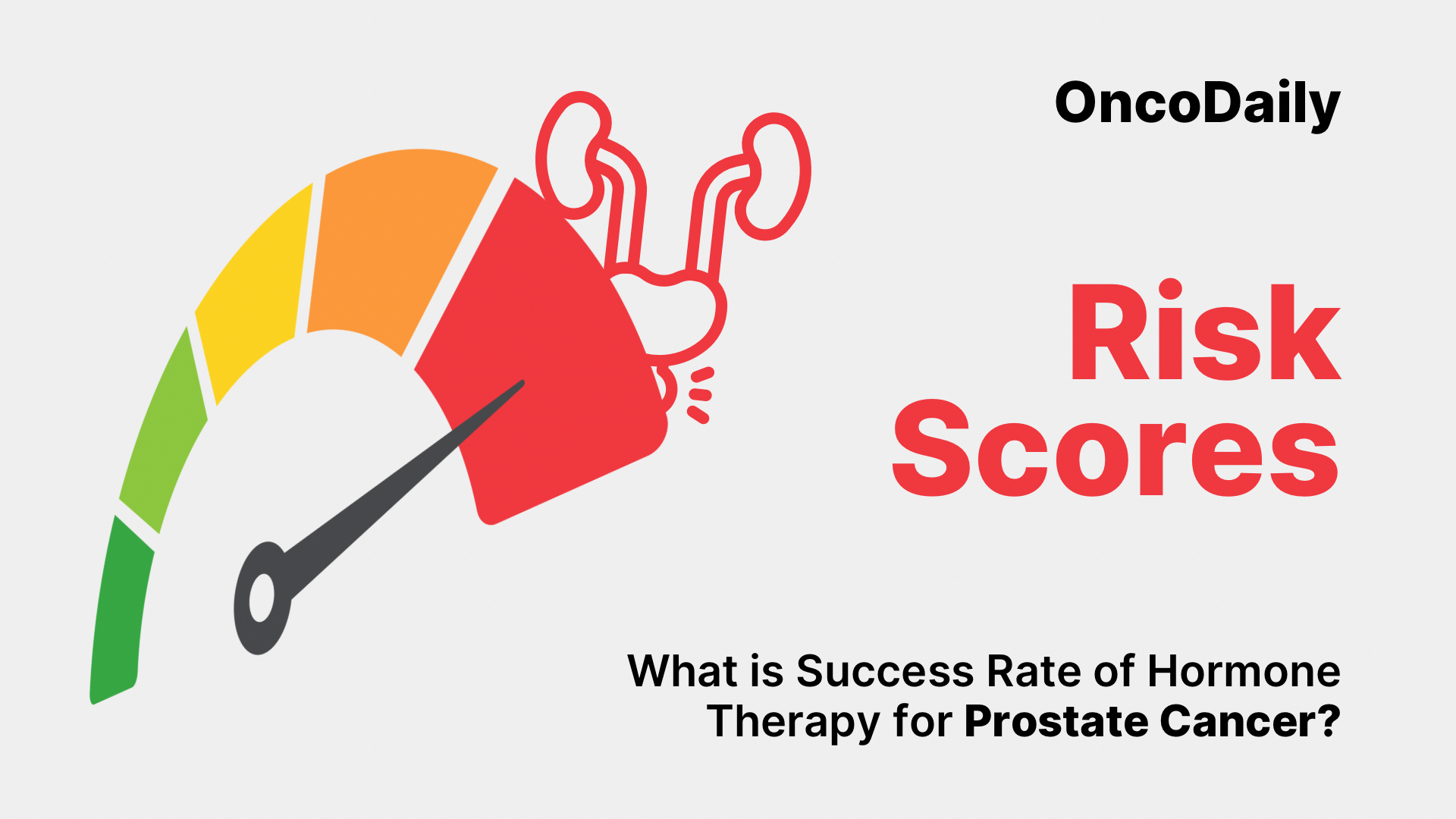Hormone therapy, also called androgen deprivation therapy (ADT), is one of the main treatments for prostate cancer. It works by reducing or blocking the male hormones—androgens like testosterone and dihydrotestosterone (DHT)—that fuel prostate cancer cell growth. The success rate of hormone therapy for prostate cancer depends on the stage of the disease, treatment combination, and patient response, but overall it remains one of the most effective systemic therapies available.
How Hormone Therapy Works
Prostate cancer cells typically depend on androgens to grow and divide. Hormone therapy works by lowering testosterone levels or preventing it from binding to cancer cells. There are two main ways to achieve this:
- Medical castration, using drugs such as luteinizing hormone-releasing hormone (LHRH) agonists or antagonists (e.g., leuprolide, degarelix, relugolix).
- Surgical castration (orchiectomy), which permanently reduces androgen levels by removing the testicles.
Newer forms of androgen receptor pathway inhibitors (ARPIs)—such as enzalutamide, apalutamide, and abiraterone—block the action of residual testosterone or reduce androgen synthesis even further.
Success Rate in Localized and Locally Advanced Prostate Cancer
In localized prostate cancer, hormone therapy is rarely used alone. Instead, it is often combined with radiation therapy to improve cure rates. Clinical studies have shown that adding ADT to radiation significantly increases 10-year disease-free survival compared to radiation alone.
For example, a large randomized trial (Bolla et al., NEJM, 2002) found that radiotherapy plus three years of ADT improved overall survival by 20% compared with radiation alone in patients with high-risk localized prostate cancer. Follow-up studies confirmed that ADT combined with radiation reduces the risk of recurrence by up to 50% and improves 15-year survival in selected patients (Widmark et al., Lancet Oncology, 2019).
In these settings, hormone therapy helps shrink tumors, makes radiation more effective, and prevents microscopic disease from spreading—contributing to long-term control and high survival rates.

Read About Prostate Cancer Cure Rate on OncoDaily
Success Rate in Metastatic Prostate Cancer
In metastatic prostate cancer, hormone therapy remains the cornerstone of treatment. Historically, ADT alone provided good disease control, lowering prostate-specific antigen (PSA) levels and symptoms in over 90% of patients within weeks of initiation. However, nearly all men eventually develop castration-resistant prostate cancer (CRPC)—a state where cancer progresses despite low testosterone levels.
With the addition of modern agents such as abiraterone, enzalutamide, apalutamide, and darolutamide, the success rate of hormone therapy has improved dramatically. Combination strategies have extended median overall survival from around 32 months with ADT alone to over 48–60 months when used with ARPIs or chemotherapy (Fizazi et al., NEJM, 2017; Davis et al., NEJM, 2019).
In clinical terms, this means many men now live more than five years with metastatic prostate cancer while maintaining good quality of life, thanks to hormone-based combination therapy.
Hormone Therapy in Castration-Resistant Prostate Cancer (CRPC)
Even after progression on ADT, continued androgen suppression remains beneficial. In metastatic castration-resistant prostate cancer (mCRPC), newer hormone-targeted therapies can restore sensitivity and prolong life.
Drugs such as abiraterone (Zytiga) and enzalutamide (Xtandi) have shown overall survival improvements of 4–6 months over placebo in large phase III trials (de Bono et al., NEJM, 2011; Scher et al., NEJM, 2012). These may seem modest, but when combined with sequential therapy, total survival gains can exceed two years beyond traditional ADT outcomes.
The success rate of hormone therapy for prostate cancer in this advanced setting depends on individual biology, but modern treatments can keep disease progression under control for up to three years or longer in many patients.
Hormone Therapy and Quality of Life
Hormone therapy is generally effective and safe, but it comes with side effects due to testosterone suppression. Common issues include fatigue, hot flashes, loss of libido, erectile dysfunction, weight gain, bone loss, and metabolic changes.
Despite these effects, most men tolerate treatment well. Newer agents like relugolix, an oral LHRH antagonist, have been shown to maintain testosterone suppression with fewer cardiovascular side effects compared with older injections (Shore et al., NEJM, 2020).
To preserve bone health and minimize fatigue, lifestyle modifications such as exercise, calcium and vitamin D supplementation, and weight-bearing activities are recommended.
Long-Term Outcomes and Survival
The success rate of hormone therapy for prostate cancer continues to improve due to earlier diagnosis, better imaging, and next-generation drugs. For men with localized or locally advanced disease, five-year survival exceeds 95%, especially when hormone therapy is used alongside radiation.
For metastatic disease, modern hormone therapy combinations have extended median overall survival to 4–5 years, and a subset of patients with good response achieve long-term remission. Studies also show that starting hormone therapy early—before extensive metastasis—improves both quality of life and overall survival.
Emerging Research and Future Directions
Research is now focusing on personalized hormone therapy, where treatment is guided by genetic testing and molecular profiling. Mutations in AR, PTEN, BRCA2, and DNA repair genes can help predict which patients will benefit most from certain hormone combinations or from additional therapies such as PARP inhibitors or immunotherapy.
Novel androgen receptor degraders (ARVs) and selective androgen receptor modulators (SARMs) are being tested to overcome resistance mechanisms, with the goal of making hormone therapy even more durable and less toxic.

Read About Success Rate of Immunotherapy for Prostate Cancer on OncoDaily
Conclusion
The success rate of hormone therapy for prostate cancer remains high, making it one of the most effective treatments in oncology. In early-stage or locally advanced disease, combining ADT with radiation achieves long-term control and near-curative outcomes. In metastatic settings, hormone therapy—especially when combined with modern targeted agents—extends life expectancy and helps men live longer with fewer symptoms.
With continued advances, hormone therapy is evolving from a palliative measure into a precision-guided, life-extending strategy that allows many patients to live well beyond what was once possible.
You Can Watch More on OncoDaily Youtube TV
Written by Armen Gevorgyan, MD
